ECG Blog #402 — Will Adenosine Convert This?
Ken Grauer, MD
NOVEMBER 4, 2023
Figure-1: How would YOU interpret this ECG? MY Thoughts on the ECG in Figure-1: When faced with a challenging cardiac arrhythmia — It is a "luxury" to have access to a long lead rhythm strip containing 3 simultaneously -recorded leads. The repeat ECG after this treatment is shown in Figure-4.


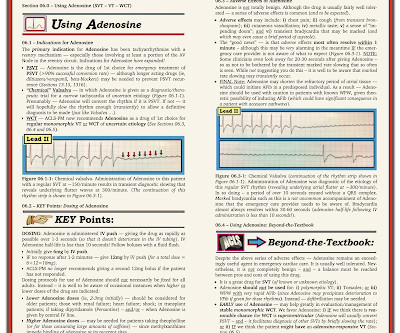
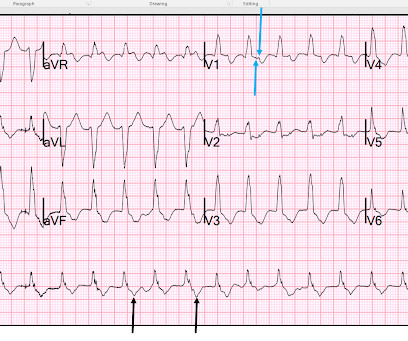
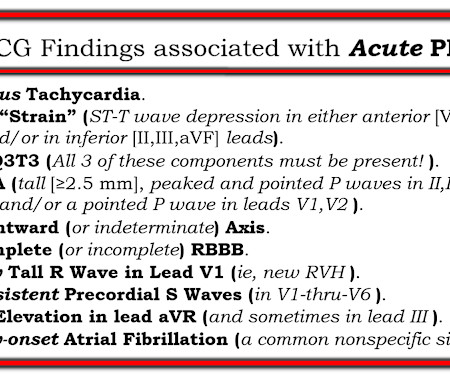
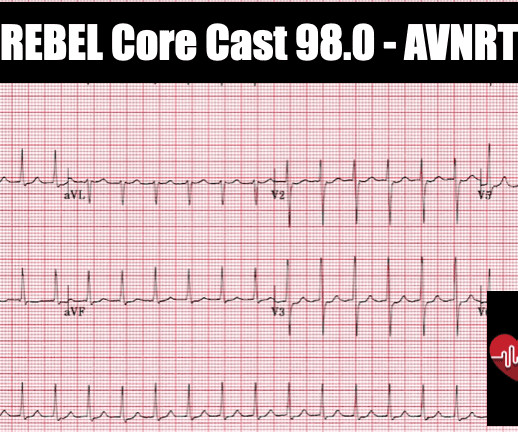
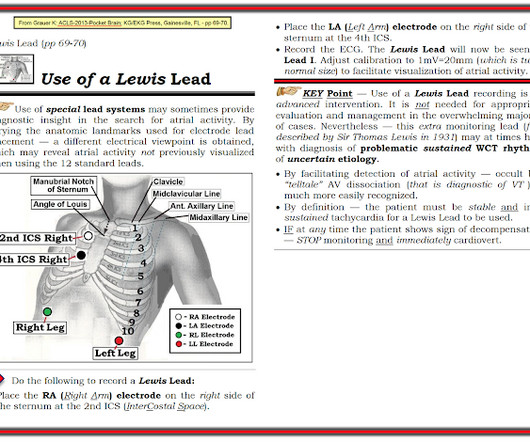
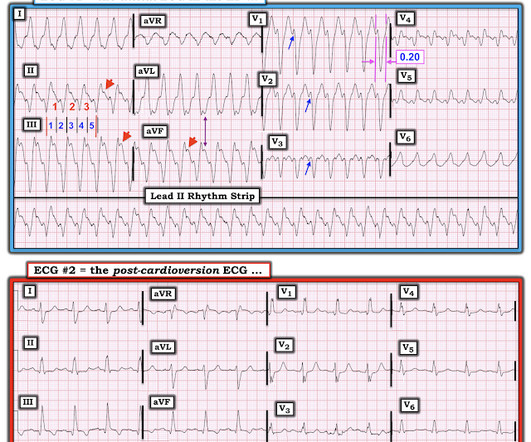
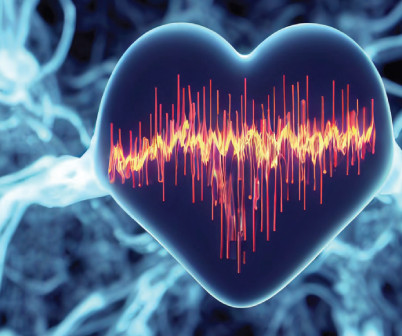
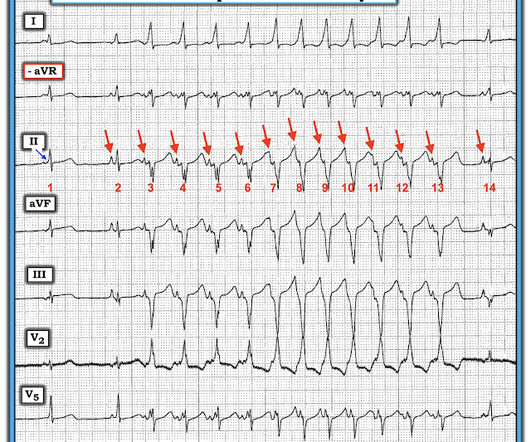
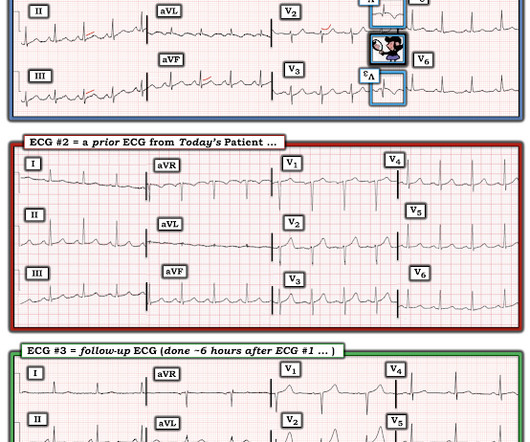


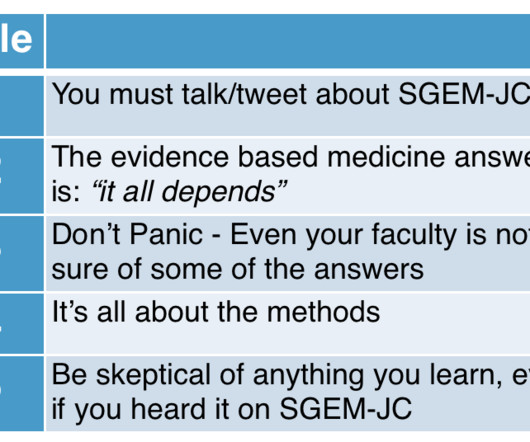
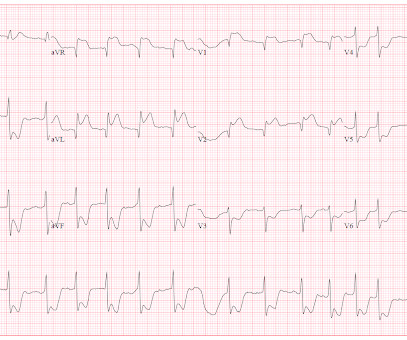
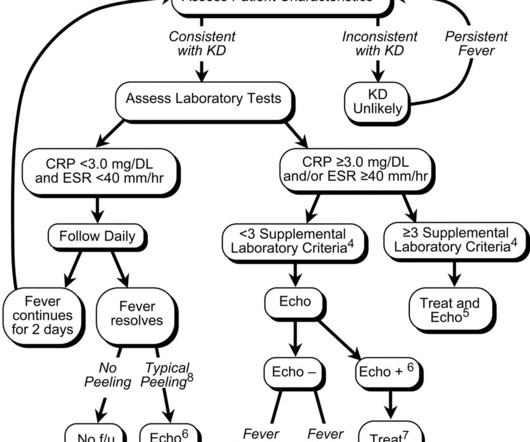






Let's personalize your content